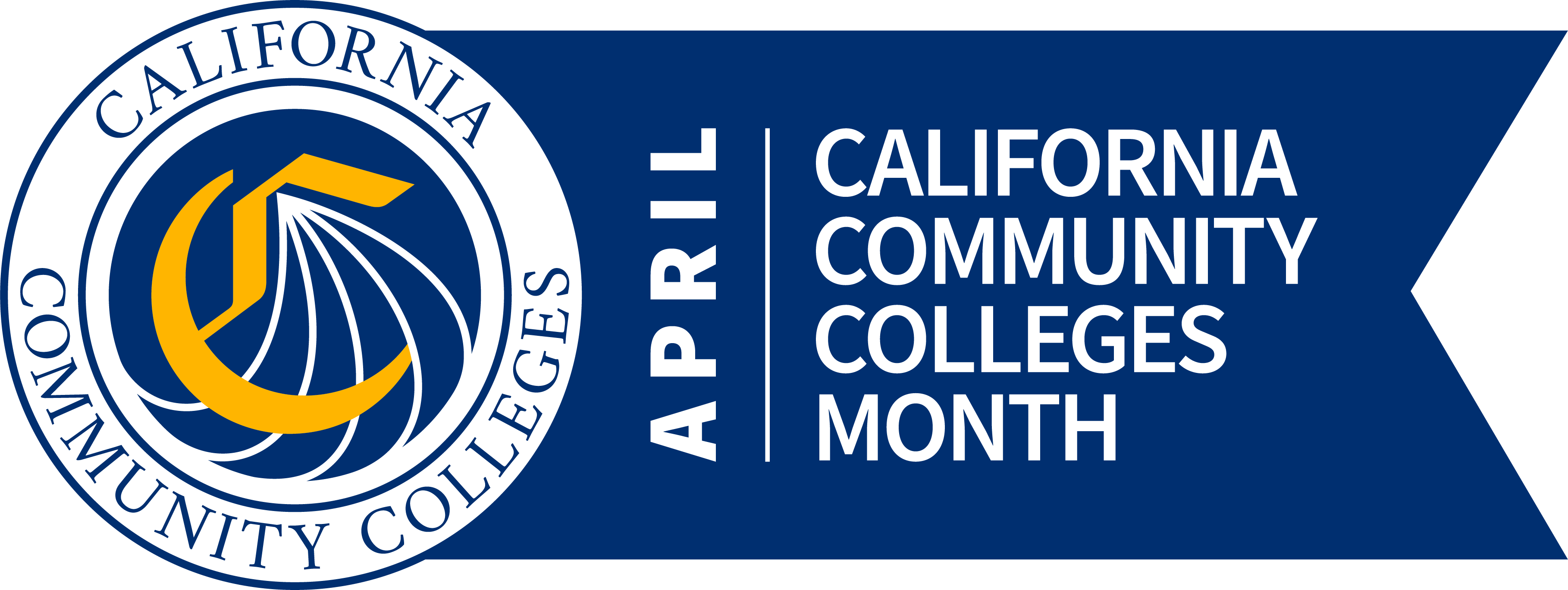Agriculture is an essential part of California’s overall economy, a $54 billion industry that includes some 76,400 farms and ranches and generates at least $100 billion in related economic activity. Given its importance to the state, it’s incumbent upon California’s community colleges to prepare students to take the lead in steering the industry into the future, ensuring that they understand how to deal with land management, the effects of climate change, drought and forestry conservation.
“Sustainability is a big focus of everything we do,” says Mark Valen, professor of horticulture at Chula Vista’s Southwestern College. A sub discipline of agriculture, horticulture encompasses landscape and nursery technology, landscape architecture, gardening and small-scale farming. Southwestern College offers degrees in sustainable landscape practices, floral design, landscape occupations, landscape architecture, golf and sports turf management and nursery occupations.
In each of these programs, “we stress avoiding the use of invasive species, using plants that are beneficial to the environment and drought tolerant, and getting away from anything that will not grow well on its own,” Valen adds.
By way of example, he points to the landscaping program – a significant part of Southwestern’s horticulture program. Its focus is on irrigation installation and auditing so students can get jobs as auditors on landscaping projects. California requires irrigation auditors on new construction projects to ensure that water is not used needlessly.
The school’s South Bay Botanic Garden is a four-acre park consisting of trees, shrubs, ground covers and grasses of various kinds, water features and a greenhouse. It’s an outdoor learning lab where students can put their classroom know-how to good use, leaning into hardscape installation, turf management, landscape design and identifying problems of all kinds.
We train people to go where talent is needed, and that’s largely related to economics and policy change,” Valen says.
Take the cut flower production business in the San Diego area, which for years has led the floral market. The region’s fresh flowers have been shipped to virtually every corner of the U.S. Now, several growers are transitioning to more profitable crops, including legal cannabis, and flowers are instead increasingly imported from other countries, then purchased in bulk by grocery and big box stores.
“The result is that independent corner florists can struggle to sustain themselves by selling flowers alone. Many have had to transition to event planning, or selling other goods in addition to flowers,” says Valen.
Changes like these give the students the opportunity to learn about and prepare for shifts in market forces. As difficult as this change might have been to established businesses, it does have the effect of lowering the barrier to entry when florists can now work out of a van instead of a conventional brick-and-mortar establishment.
The growing use of technology in land management is a thread that winds through every one of Southwestern’s horticultural programs. There’s a big trend towards eliminating the use of fossil fuels and cutting down on noise and air pollution, which means the use of more electrical tools.
The use of drones is also becoming more common. Students who study arboriculture (i.e., maintaining trees for ornamental purposes, such as in an urban setting) used to have to visit each tree to inspect it for damage; now, drones can get a clear picture of what each tree needs, identify pest damage and nutrient needs, and manage inventory. Students who study turf management use drones to fly over golf courses and identify areas of stress. Drones are also used to monitor crop areas and gather information about the forest canopy and tree height.
“We like to say that if you learn it in San Diego, there’s work for you in San Diego,” says Valen. “But to make that true, we must continue to be forward thinking.”

